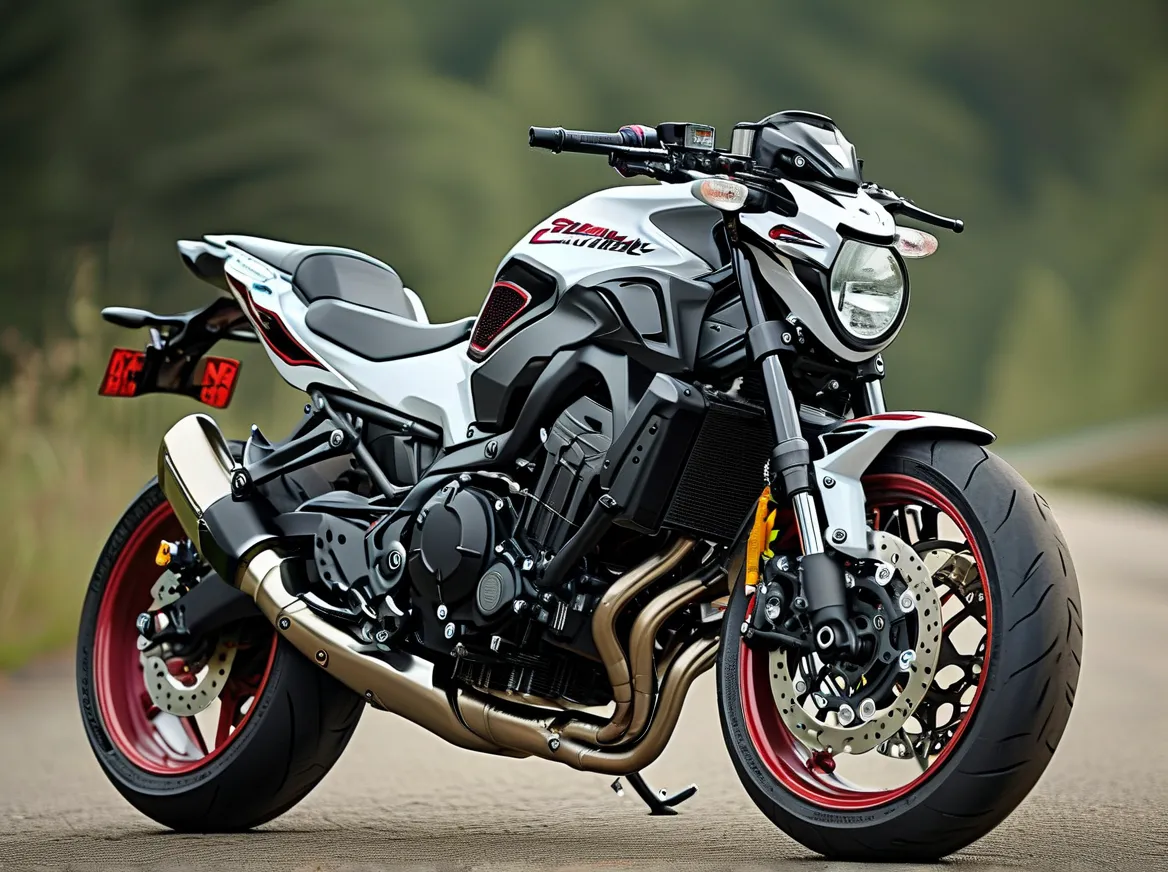Upgrading your motorcycle’s exhaust system isn’t just about aesthetics—it’s a precision-driven decision that impacts performance, sound, and compliance with evolving regulations. As we approach 2025, riders face a saturated market of custom exhaust options, making it critical to understand what truly sets high-quality systems apart. Let’s break down the key factors to consider for an informed choice.
1. Material Quality: Durability Meets Performance
The foundation of any reliable custom exhaust lies in its construction materials. Titanium remains the gold standard for high-performance builds due to its lightweight properties (up to 40% lighter than steel) and resistance to corrosion. Brands like Akrapovič and Yoshimura consistently use aerospace-grade titanium for racing applications, ensuring heat dissipation and longevity. Stainless steel is a cost-effective alternative, offering decent durability but adding marginal weight. For budget-conscious riders, aluminized steel provides short-term savings but may degrade faster under extreme conditions.
Pro Tip: Check for TÜV or JASMA certifications—these validate material integrity and compliance with international standards.
2. Exhaust Design: Balancing Power Gains and Sound
Slip-on vs. full-system exhausts—what’s the difference? Slip-ons are ideal for riders prioritizing sound enhancement without major engine modifications. They’re easier to install but offer limited horsepower gains (typically 2-5%). Full systems replace the entire exhaust pathway, optimizing airflow for up to 15% power increases in tuned engines, as demonstrated in Dyno tests by MotoGP engineers.
For sound, internal baffle design matters. Perforated core mufflers deliver a deeper tone while maintaining noise compliance, whereas straight-through designs amplify volume—perfect for track use but potentially illegal on public roads.
3. Compatibility with Your Bike’s ECU
Modern motorcycles rely heavily on Engine Control Units (ECUs) to manage fuel-air ratios and emissions. Installing an aftermarket exhaust without tuning the ECU can trigger error codes or reduce efficiency. Look for exhausts compatible with your bike’s OBD-II port or invest in a fuel tuner like Power Commander V. Brands like Two Brothers Racing offer “plug-and-play” kits with pre-mapped ECU adjustments for specific models, simplifying installation.
4. Regulatory Compliance in 2025
Emission and noise regulations are tightening globally. The Euro 5 standard (and its pending 2025 revisions) mandates strict limits on hydrocarbons and carbon monoxide. In the U.S., states like California enforce CARB compliance—non-certified exhausts risk fines or failed inspections. Always verify if the product meets EPA/CARB or Euro 5 norms before purchasing.
Case Study: A 2024 study by Motorcycle Industry Council found that 23% of aftermarket exhausts failed decibel tests in urban areas—a reminder to prioritize systems with dB killers or adjustable baffles.
5. Brand Reputation and User Reviews
Not all exhaust manufacturers deliver equal quality independent testing from sources like Cycle World or Motorcyclist Magazine can reveal real-world performance gaps user forums such as RevZilla Community often highlight long-term durability issues hidden in marketing claims For instance SC Projects excels in race-ready systems but lacks street-legal options in certain regions cross-reference multiple platforms before committing
6 Installation and Maintenance Costs
Factor in hidden expenses Professional installation ranges from $150–$400 depending on complexity while DIY attempts risk damaging O2 sensors or mounting brackets Maintenance-wise titanium systems require minimal upkeep stainless steel may need periodic polishing to prevent rust Always budget for gaskets heat shields and potential ECU recalibration fees
Final Checklist Before Buying
- Verify material certifications (TÜV JASMA)
- Confirm compatibility with your bike’s make/model/year
- Check decibel levels against local noise laws
- Compare dyno-tested horsepower/torque gains
- Read third-party reviews for reliability insights
By prioritizing these factors you’ll transform your motorcycle into a refined performance machine while avoiding costly mistakes The right exhaust isn’t just an upgrade—it’s an investment in precision engineering tailored to your riding style




Leave a Reply